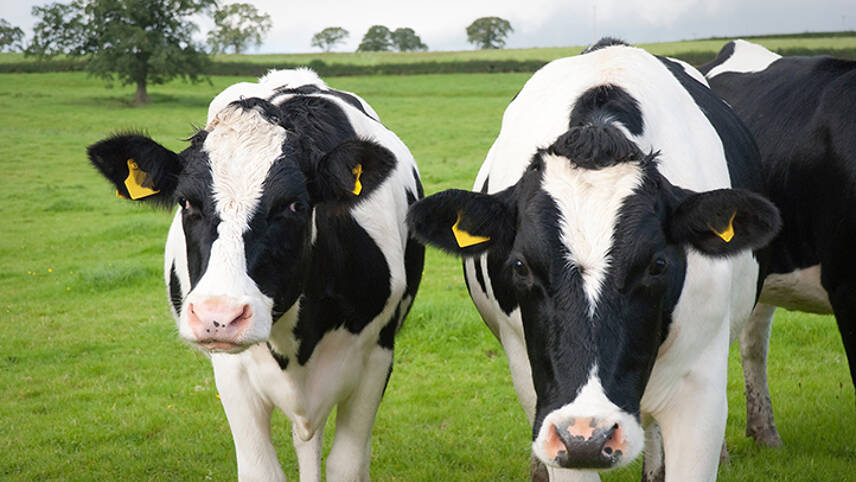Register for free and continue reading
Join our growing army of changemakers and get unlimited access to our premium content

While a vital source of nutrition for many, there’s no getting away from the carbon output emitted by the dairy industry. By some estimates, it makes up around 3.5% of global carbon emissions – not far off double that of the aviation sector.
And looking across to other major emitters – from manufacturers and car makers through to energy providers – it’s easier to envision paths to a more sustainable future incorporating new technologies and production techniques. For those in the dairy sector – and the broader agriculture industry – there’s no obviously scalable solution for decarbonising.
That backdrop would have made it challenging at the best of times. During a period when farmers’ margins are being squeezed by production costs and demands from customers, it’s even more difficult to incentivise them to change their practices. And at the other end of the bargain, it can be a complex and daunting task for corporates to engage with their suppliers to set up and invest in discrete decarbonisation projects.
That’s where banks need to come in, leveraging their financial tools, expertise, data and relationships. Our Carbon Bank was established to drive collective action.
Developing a decarbonisation proposition
We knew that would be a challenge which is why we outlined a range of propositions to help drive change.
We first engage with farmers on the scheme, understanding the challenges and barriers they currently face on their sustainability journeys. This offers an on-the-ground view often overlooked when it comes to shaping financial products.
To ensure we have a holistic view of the situation and can report accurately on the success of the scheme and its areas for improvement, we then collect farm data to measure emissions baselines and identify short- and long-term targets.
From there it’s a case of developing plans to achieve those targets. This is where relationships that banks hold – both long-held and new ones – come into play. By working with third parties, farmers can benefit from products and expertise not previously at their disposal. For those in the dairy industry, for example, these can consist of using feed additives to reduce enteric emissions, or transitioning to more sustainable fertilisers to grow feed products.
The final stage requires engaging with a farmer’s end customers – from corporates and consumers through to NGOs and governments – to ensure they have the support and, where required, additional financing to achieve their aims. This then opens up the conversation of the role the Carbon Bank can play in reducing scope three emissions in supply chains.
At the end of all this, we use the data collected to measure the reduction in carbon emissions and pay the farmer an agreed sum for every ton taken out of the atmosphere. That, in turn, incentivises ongoing improvements.
There are a lot of moving parts and processes involved in bringing all of this together, which is where banks like Rabobank come in. They not only serve as conduits for engagement and collaboration, but can also be utilised as project managers, data harvesters, and analysers and for organising financing to get projects off the ground.
The Carbon Bank in action
And the results are bearing fruit. Our pilot – launched in the US – has so far reduced emissions in the dairy value chain by 26,000 tons of CO2 to date since last year. That’s the equivalent of taking nearly six thousand gas-guzzling cars off the road each year.
It’s still in its infancy, but we believe the Carbon Bank could be an important initiative providing the methodology needed and assisting farmers to decarbonise the industry, bring down the environmental impact of dairy supply chains, support corporates with their scope three objectives and help producers reduce their scope one emissions.
There’s no easy solution to achieve net-zero dairy – or any part of the agri industry, for that matter – but banks can play a key role in plugging knowledge, ambition and financing gaps that exist to drive meaningful change.



You refer to the dairy value chain.
How many farms contributed to the 26kt reduction?
Should the figure refer to CO2e rather than CO2 as stated?
Can this be verified?
Was this reduction to any degree related to lower output per cow or fewer cows?
Some dairy farms rear (mainly bull) calves on to produce meat. Do you include this impact in your calculations.